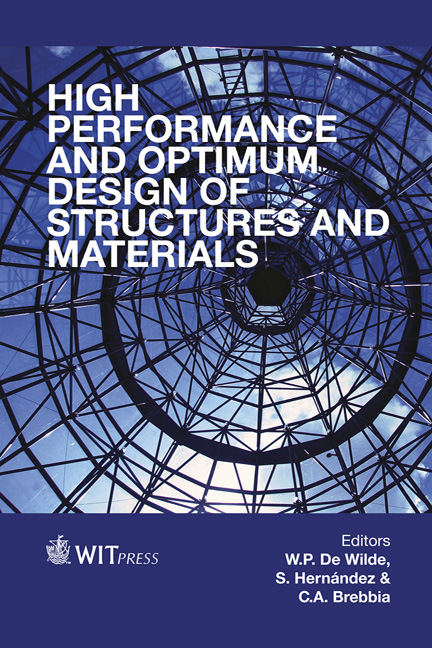Proximity Heating Of CFRTP Molding Dies By Using High-frequency Direct Current
Price
Free (open access)
Transaction
Volume
137
Pages
8
Page Range
255 - 262
Published
2014
Size
453 kb
Paper DOI
10.2495/HPSM140231
Copyright
WIT Press
Author(s)
K. Tanaka, R. Sue, K. Iwamoto & T. Katayama
Abstract
In the automobile industry, it is required to reduce the weight of cars for better fuel consumption. Recently, Carbon Fiber Reinforced Thermoplastics (CFRTP) are expected to be used for lightweight component parts. However, the cost of CFRTP is so high that the use of CFRTP is barely applied in the automobile industry. In order to lower the cost of CFRTP, simple equipment and low consumed power are necessary. High-frequency direct resistance heating to CFRTP molding dies becomes possible to solve these issues. High-frequency direct resistance heating is a method that alternating current is directly applied to a metal, and metal surface is heated by skin effect. When opposite directions of an alternating current flow in a pair of metal sections which face each other with a small gap, the proximity effect also promotes the concentration of current density on proximal surfaces of the metal and heats the metal surface intensively by joule heat. By applying high-frequency direct resistance heating to CFRTP molding, cost reduction as well as simplification of the facilities can be expected. In this study, in order to apply high-frequency direct resistance heating to CFRTP molding die, the effects of the proximity effect on the mold are evaluated to clarify the heating characteristics and conditions of the proximity effect, and the applicability of CFRTP molding is discussed. The experimental result reveals that the proximal surfaces can be heated by proximity effect. Keywords: die heating, proximity effect, high-frequency direct resistance heating, carbon fiber reinforced thermoplastics.
Keywords
die heating, proximity effect, high-frequency direct resistance heating, carbon fiber reinforced thermoplastics.





